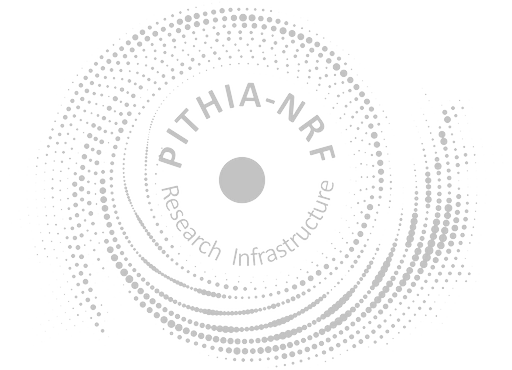EIS Ionospheric Alerts
Last modified on Mar 19th, 2025
-
Permissions
In This Page
Responsible Parties
Description
Alerts for disturbances in the critical frequency of the F2 layer of the ionosphere (when storm conditions are predicted). The EIS Ionospheric Alerts are based on the implementation of the Solar Wind driven autoregression model for Ionospheric short-term Forecast (SWIF). SWIF combines real time and past ionospheric observations with solar-wind parameters obtained in real time at the L1 point by NASA/ACE spacecraft through the cooperation of an autoregression forecasting algorithm, the Time Series AutoRegressive (TSAR) with the empirical Storm Time Ionospheric Model (STIM) that formulates the ionospheric storm-time response based on solar wind input. A crucial part of STIM's methodology is the alert detection algorithm (ADA) that i) detects alert conditions in IMF parameters, ii) determines the storm onset at L1 point, based on the quantitative criteria summarized below, and iii) estimates, in combination with STIM's empirical expressions, the ionospheric storm onset, the duration and the intensity of forthcoming ionospheric storm-time disturbances over single locations.
Access the Data (3)
-
The TechTIDE API provides a browser-based user interface for data browsing and downloading. API parameters: (1) Endpoint: products/eis/data, (2) Date-time format: YYYY-MM-DDThh:mm:ss (ISO format), (3) maximum temporal range of query: 15 days, (4) product: alert (Data), (5) withmanifest: false.
Additional details
- Protocol
- HTTPS
- Data Formats
- Service Functions
-
The SWIF API provides a browser-based user interface for data browsing and downloading. API parameters for interplanetary storms detected: (1) Endpoint: /swifdb/stim/storms, (2) Date-time format: YYYY-MM-DDThh:mm:ss (ISO format), (3) maximum temporal range of query: -, (4) local: [false] if you want info about the interplanetary storm only or [true] if you want to get info about the local (at the Digisonde stations) stroms as well, (5) latest: [true] if you want the latest storm or [false] if you want full list of the storms for the given interval. API parameters for local storms detected: (1) Endpoint: /swifdb/stim/istorms, (2) Date-time format: YYYY-MM-DDThh:mm:ss (ISO format), (3) maximum temporal range of query: -, (4) stations: select the station(s) of interest, (5) parent: [false] if you want info about the local (at the Digisonde station) storm only or [true] if you want to get info about the interplanetary storm as well.
Additional details
- Protocol
- HTTPS
- Data Formats
- Service Functions
-
The EIS provides a browser-based user interface for data browsing and downloading. Direct data access requires authentication by external organisation (ESA); once user access is authorised the link lands directly at the EIS page. The product can be accessed by selecting the "Ionospheric Alerts" tab.
Additional details
- Protocol
- HTTPS
- Data Formats
- Service Functions
Further Resources and Information
Resources
Go to Metadata FileProcedure
Projects
Features of Interest
Quality Assessment
- Data Quality Flags
Data Levels
More Properties
| Property | Value |
|---|---|
| Result | Not used |
| Result Time | Not used |
| Phenomenon Time | Not used |
| Observed Property | Not used |
Metadata Information
| Editor | National Observatory of Athens |
| Version | 1 |
| Created | Wednesday 15th March 2023, 19:10 |
| Last Modified | Wednesday 19th March 2025, 16:26 |

